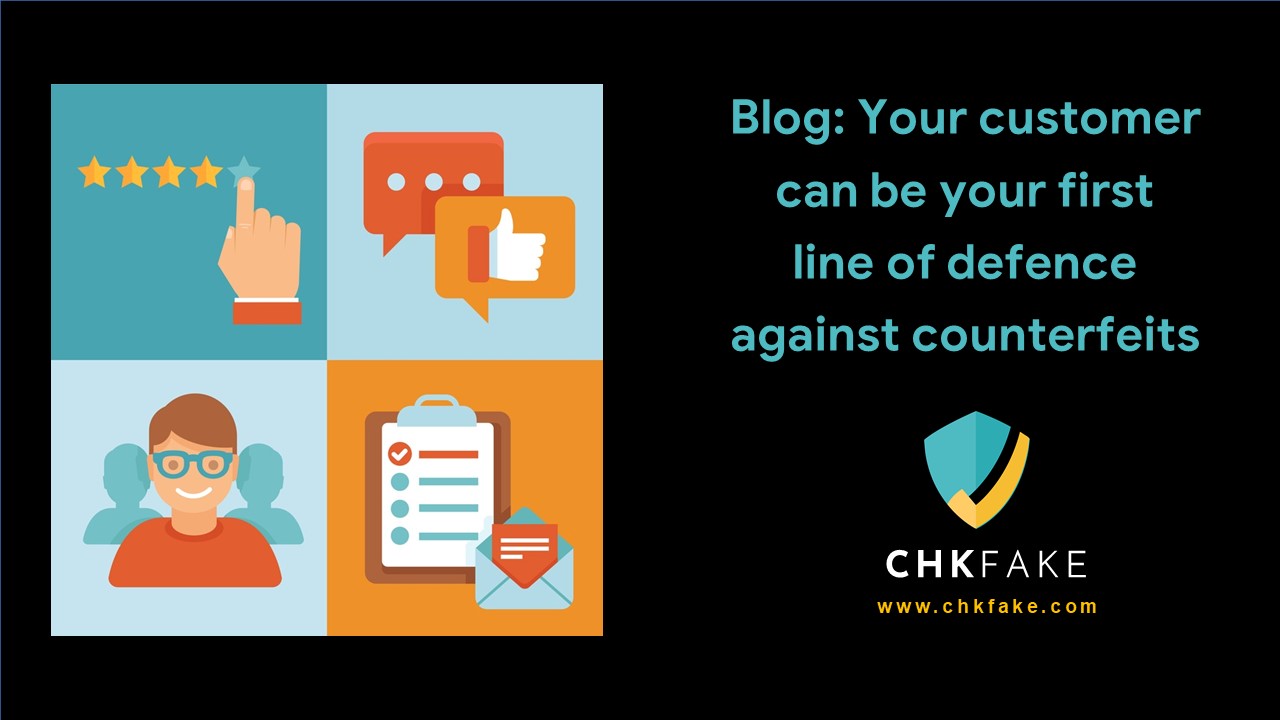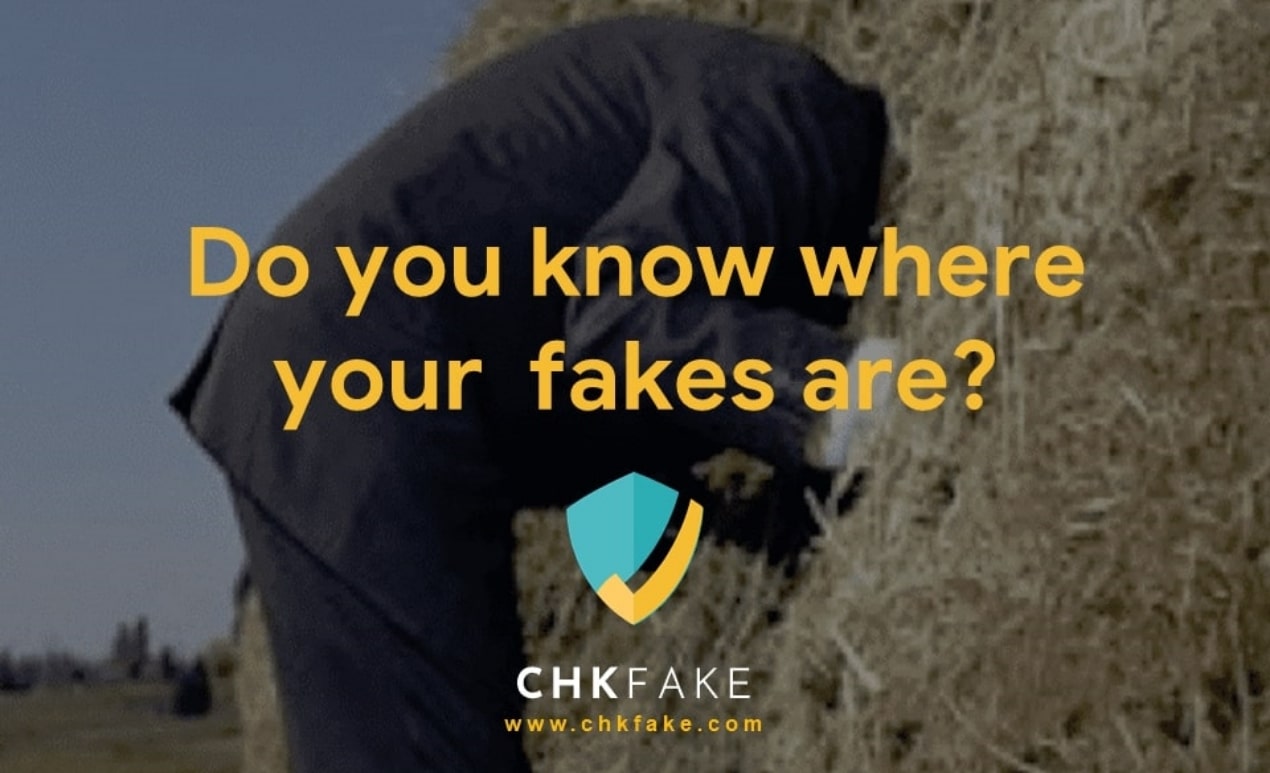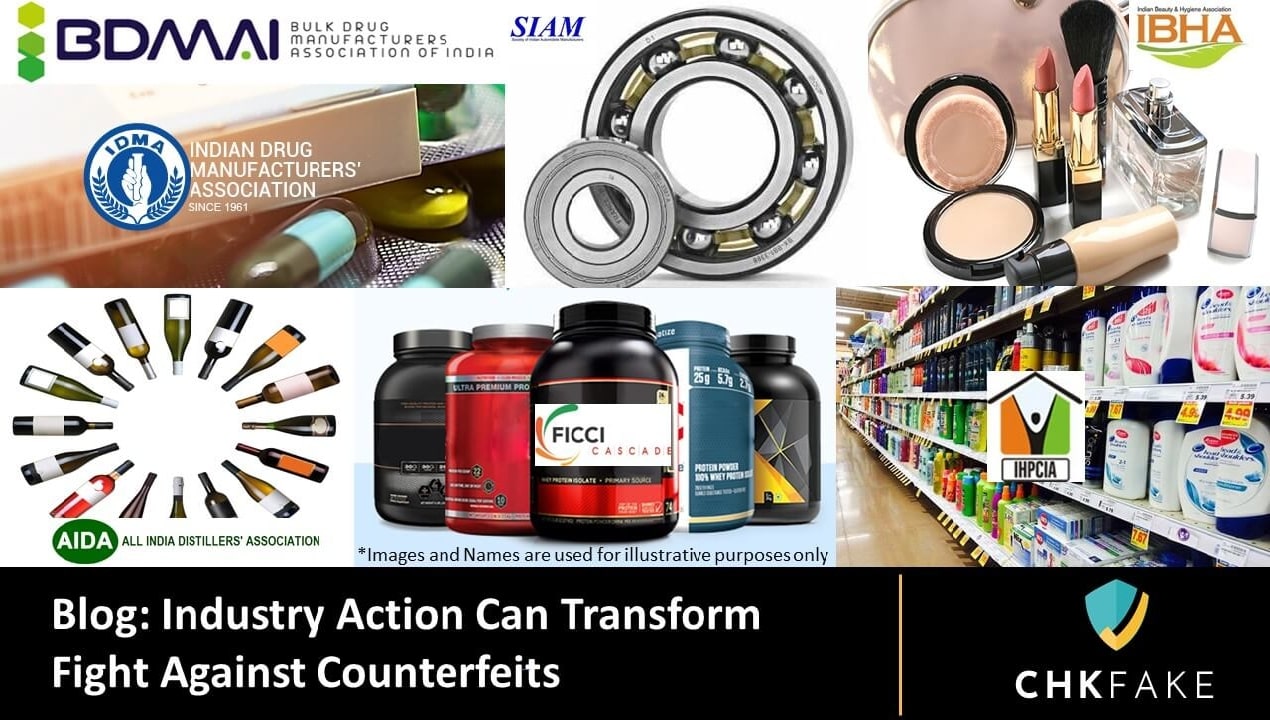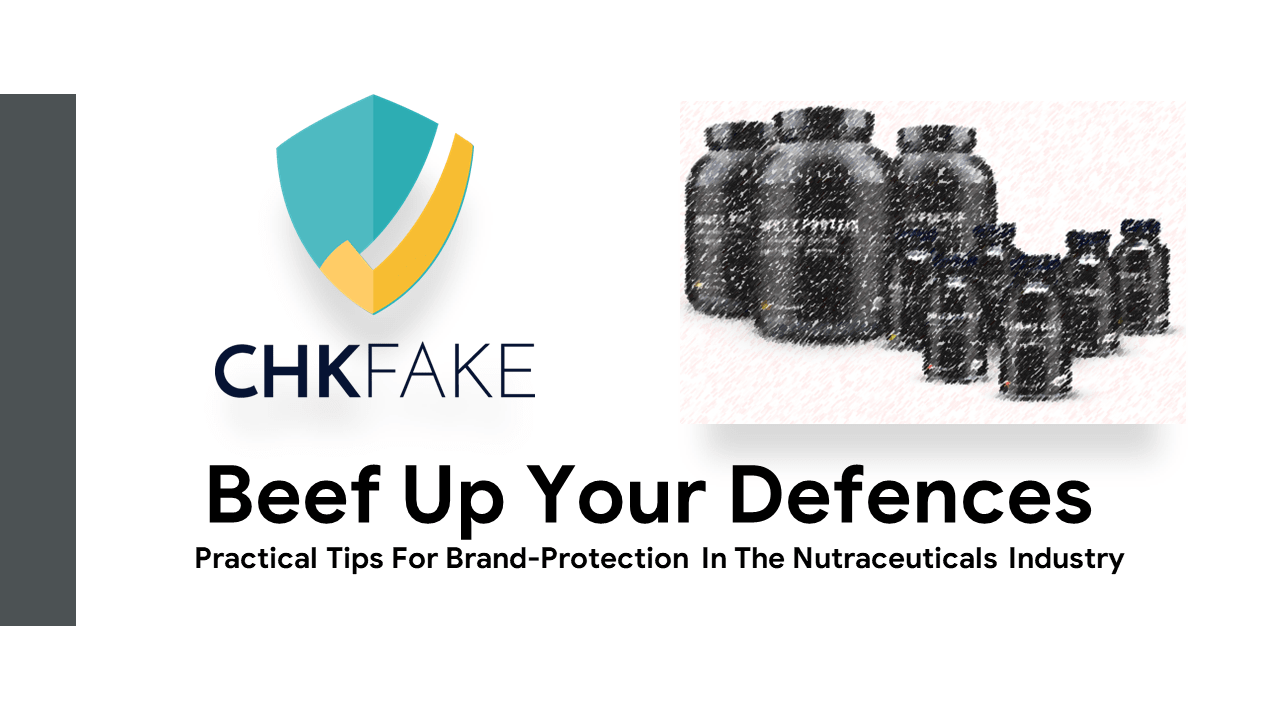Brand protection is about protecting the intellectual property (IP) of companies and their brands against counterfeiters and infringers of other types of IP, such as patents, design rights, colour marks, etc. Encouraging your customers to avoid counterfeits, and educating them on how to spot fakes, is important to any successful brand protection strategy.
On the surface, one might think it’s an obvious decision to engage customers in the brand-protection journey. But many brands are apprehensive because they feel they will be seen as ‘the one with the fakes problem’ and would end up driving their customers to the competition. Many brand leaders believe that if their consumer ‘finds out’ that counterfeits of a brand exist, they will completely avoid buying that brand.
This is ironic as customers know that all brands have counterfeits, and are always afraid that they are at risk of buying one. If they had a better understanding of how to verify genuine products, it will be a win-win situation for brands as well as customers.
Counterfeiting has become so prevalent that there are hardly any successful brands that are not affected. Brand owners should take the more effective option of roping in their customers in the battle against fakes, by enabling them to verify genuine products. Contrary to the brand owners’ apprehension, it will actually strengthen their brand equity as they will be seen as responsible brands that are making the effort to protect their customers from the risk of buying fakes.
Customer education and empowerment should at a bare minimum include three broad approaches to elevate your brand-protection program.
1. Educating customers on the unique features of the brand, packaging, or security features
The key to educating consumers about counterfeiting is to highlight unique aspects of your product that are most difficult for counterfeiters to copy. This can include specific details on the item’s packaging, stitching for apparels or bags, color marks, packaging details, materials used, logo designs, and any other relevant product quality details.
However, since these product features can be copied quite closely by counterfeiters, we recommend that Brands invest in a robust anti-counterfeiting technology which is difficult to copy. Customers can then be educated on these anti-counterfeiting security features.

Image Courtesy: HP
Unreal discounting is another big factor to highlight to customers when it comes to verifying if the product is genuine or a counterfeit. If a customer is buying something at a fraction of the price, the deal is probably too good to be true. Brands can outline clear pricing guidelines, below which customers should be wary of purchasing their product.
Another important aspect of customer education is to make information about product authenticity easily available to the customer for reference. Some examples include:
a. A section on the website devoted to the identification of counterfeits from genuine products, images of original vs. counterfeits, and tips to distinguish between the two.

b. Visual representations in the form of infographics or ads through social media, product literature, print, and other mediums.

Image Courtesy: Luxurylaunches
c. Videos comparing original and counterfeit versions of key products available on channels like YouTube. https://www.youtube.com/watch?v=HqCq8SvMWC4
Courtesy: Unbox Therapy Youtube channel
2. How technology can make it easier for customers to verify and report
Your customers are in the best position to discover fakes and lookalikes in the market. Their suspicion can be triggered by the appearance or the price of the product. They can become your first line of defence if you empower them to verify genuine products before they buy. A good option is to list the brand’s security features on authentication platforms like Chkfake.

Image courtesy: Chkfake
Customers can also be encouraged to report details of the infringing product in real-time, such as the location of the store, image of the product or manufacturer’s details, which can serve as valuable evidence for the Brand to take enforcement action.
Brands can do this by using x-industry tools such as an app on their mobile phones (eg. Chkfake app) or a web-form on their website with the capability to upload the images or Geo-location.

Image Courtesy: Apple.com
Customers will have a sense of satisfaction that they have contributed to the brand’s well-being and it will strengthen their loyalty to the brand. A reward program can add wings to this, and brands can consider offering vouchers, discounts, or some reward for loyal customers who report infringements to make them feel valued.
A word of caution here for the brand owners – when a customer reports a counterfeit or infringement incident, it is important for the brand owner to follow up on the report and investigate. The customer needs to feel that his contribution has been valuable.
3. Educating customers on the risk of buying counterfeits/ lookalikes

Image Courtesy: Nissan
While enabling customers to verify genuine products helps protect them from being deceived by fakes, some customers also intentionally buy counterfeits. This is the next step in any of the brand’s protection strategy – to educate the apathetic customer on why they shouldn’t buy fakes or lookalikes.
Many counterfeits put customers’ health at risk and yet they don’t mind consuming them either due to ignorance or indifference. In some categories like pharmaceuticals, cosmetics, health, nutrition, consumer goods, packaged foods, tobacco, auto components, electricals and electronics, toys etc., fakes can pose a serious health hazard to customers.

Image Courtesy: INTA
Aside from the damage counterfeits can inflict to the customers themselves, there is also the wider risk to the overall society and industry. Revenue from counterfeits fuels more serious crimes like terrorism and drugs. Besides that, fakes hit government tax revenues, cause unemployment and stifle innovation and foreign investment.
While these may not be emotive issues for the consumer, some organisations do a great job in developing campaigns that discourage buying counterfeits knowingly. The challenge with these campaigns is their sporadic nature and limited reach, all due to lack of resources. It is a more intelligent strategy for brands to come together under the umbrella of associations, or for multiple associations to band together and run these campaigns in sustained manner.

Courtesy: IARC

Courtesy: US Customs and Border Protection
In summary, given the ubiquitousness of fakes and lookalikes, the brand or their authorised representatives cannot reach everywhere. For a more effective shutdown of fakes, it is time for Brands to co-opt their customers in this fight as their eyes and ears.
Watch out for my next blog on “ Losing brand value to the dangers of Look-Alikes and Copy-cats ” If you liked what you read, please do share in your network. You can follow my articles on LinkedIn and Twitter, or subscribe to My blog.
_________________________________
Tanmay Jaswal is the Founder of Chkfake, a start-up that is disrupting the anti-counterfeiting industry by creating an eco-system of all stakeholders to join the fight against fakes together. The Chkfake mobile app allows users to verify genuineness of any product irrespective of category or brand.
Tanmay has 26 years of global experience in business leadership, marketing and strategy in companies like Coca-Cola and Shell and is an acknowledged authority on brand protection. He has headed the brand protection function for Shell globally and has extensive experience in this space over the last 8 years.






0 Comments